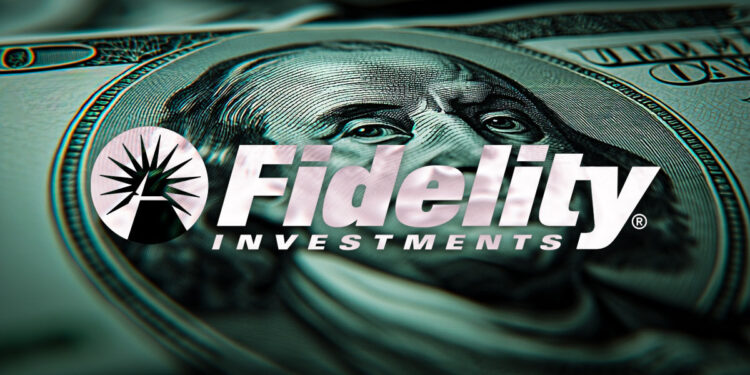Exploring Fidelity’s Potential Stablecoin Launch
Fidelity, a renowned financial institution, is currently in the advanced testing phase of developing its own stablecoin. This move is part of the company’s broader digital asset expansion strategy. While reports suggest that Fidelity is making significant progress in this area, a company spokesperson has clarified that there are no immediate plans to launch the stablecoin.
Fidelity’s Continued Interest in Blockchain Applications
Earlier this month, a Fidelity unit filed to launch a tokenized money market fund. This initiative involves recording investor shares on the blockchain using conventional electronic recordkeeping systems. This move indicates Fidelity’s commitment to exploring blockchain applications within existing financial products.
The Growing Importance of Stablecoins
Fidelity’s potential entry into the stablecoin market aligns with a broader trend of institutional interest in stablecoins. This interest is fueled by clearer regulatory signals and increasing adoption in the US under President Donald Trump’s administration.
The stablecoin sector currently boasts a market cap of $231 billion and processed $27.6 trillion in transfer volume last year. These figures surpass the transaction volumes of major payment processors like Visa and Mastercard.
Rising Adoption of Stablecoins
Stablecoins are gaining popularity due to their fast, borderless, and cost-efficient settlement capabilities, which outperform traditional financial infrastructure. Institutions view stablecoins as a more efficient alternative to legacy systems.
Regulatory clarity is also emerging, with bipartisan legislation in the US facilitating compliant issuance of stablecoins. Dollar-pegged tokens are gaining geopolitical relevance as a means to strengthen the US dollar’s position in the face of competition from CBDCs and other currencies.
Tokenization of Real-World Assets
Aside from stablecoins, the tokenization of real-world assets (RWAs) is a growing trend. The market for tokenized U.S. Treasuries recently surpassed $5 billion, with traditional finance giants like BlackRock and Franklin Templeton managing a significant portion of this value.
Given Fidelity’s substantial asset management scale, its interest in the digital asset space reflects a broader institutional shift towards exploring innovative financial products.
Regulatory Developments in the Stablecoin Space
The regulatory landscape for stablecoins is rapidly evolving. The Senate Banking Committee recently passed the bipartisan GENIUS Act, aiming to establish clear rules for the issuance and oversight of stablecoins in the US. Key provisions include maintaining full 1:1 reserves in cash, insured bank deposits, or short-term Treasury bills for U.S. dollar-pegged stablecoins.
Bo Hines, Executive Director of the Presidential Working Group on Digital Assets Markets, hinted at the potential approval of a regulatory framework for stablecoins by President Trump within the next two months.







